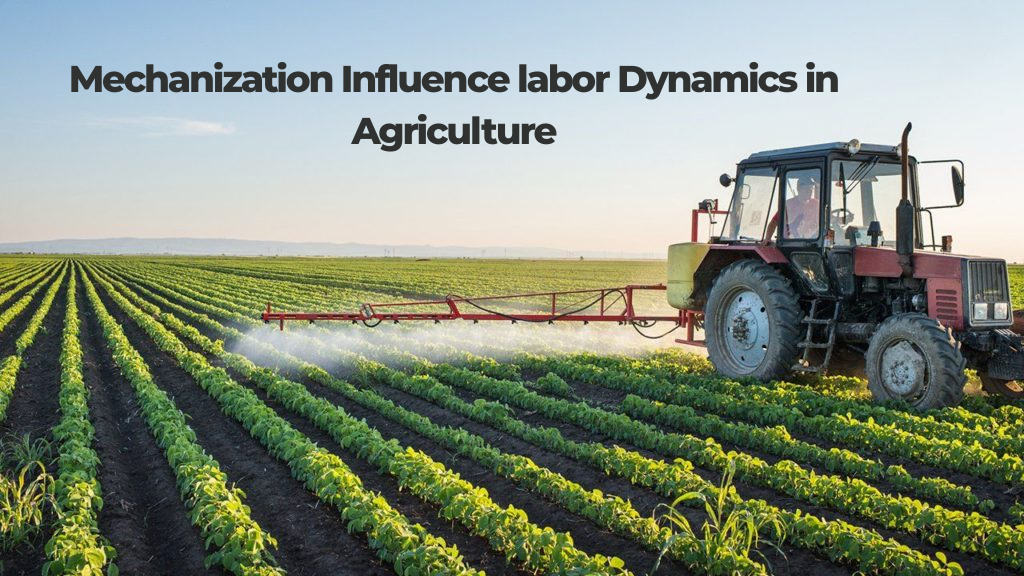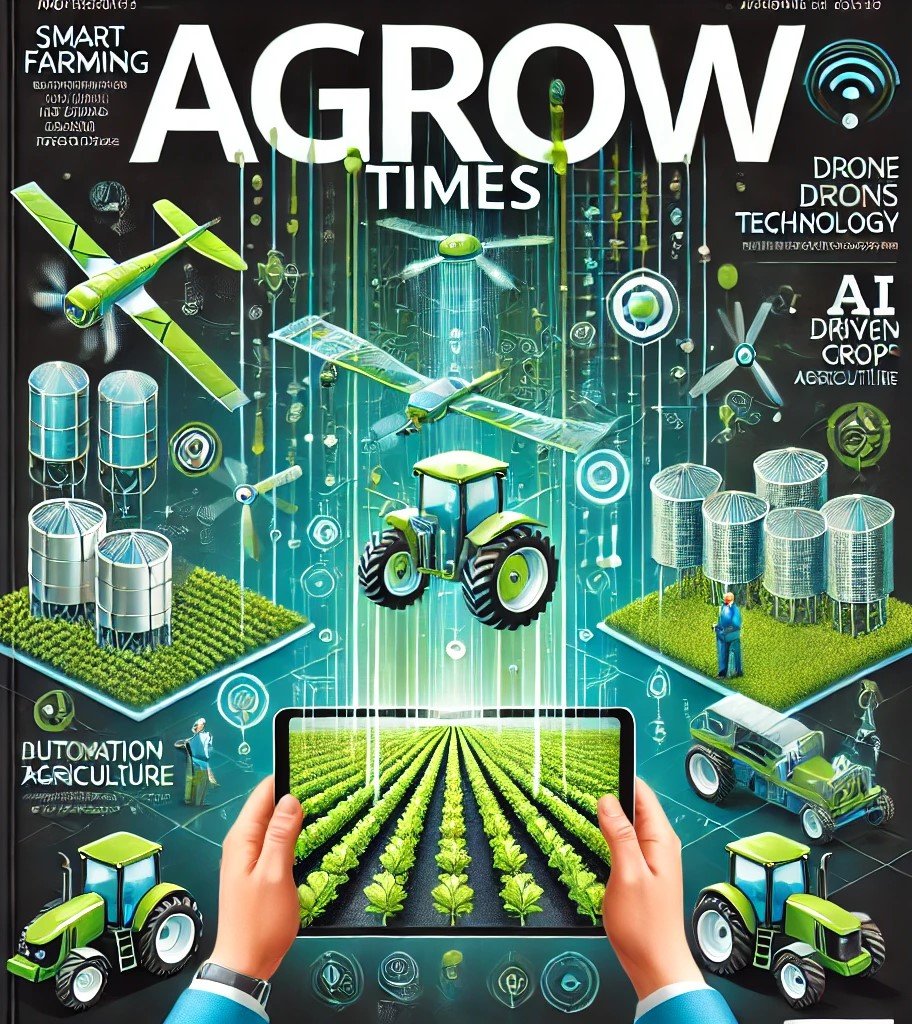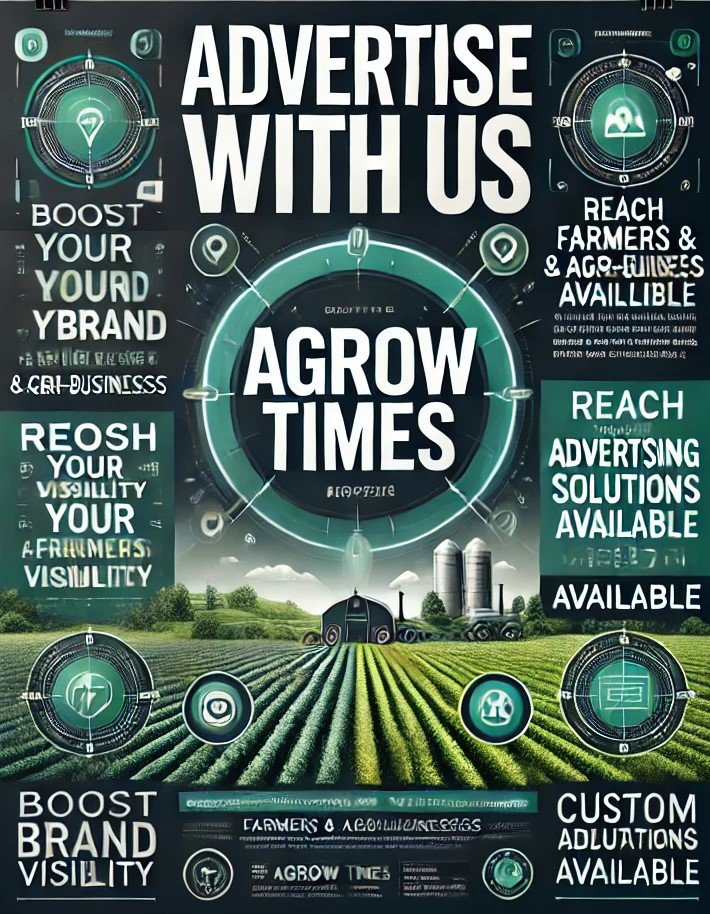Mechanization significantly influences labor dynamics in agriculture by transforming the way tasks are performed, the skills required, and the overall labor market structure. Here’s a detailed analysis:
1. Reduction in Manual Labor Demand
- Increased Efficiency: Mechanization replaces manual labor with machines for tasks like plowing, planting, weeding, and harvesting, reducing the need for physical labor.
- Decline in Seasonal Jobs: Many agricultural jobs, such as hand harvesting or weeding, which were traditionally seasonal, have been replaced by machines.
- Shift from Quantity to Quality: Fewer workers are needed, but those who remain are often expected to perform more skilled tasks.
2. Shift in Labor Skills
- Higher Skill Requirements: Mechanization requires workers to operate, maintain, and repair sophisticated machinery, leading to a demand for technically skilled labor.
- Training and Education: Farmers and workers need training in areas like equipment operation, precision farming, and data management.
- Displacement of Unskilled Workers: Workers without technical skills may struggle to find employment in mechanized farms, leading to labor displacement.
3. Changes in Employment Patterns
- Permanent vs. Temporary Jobs: Mechanization often reduces the reliance on temporary or casual labor, leading to more permanent but fewer jobs in agriculture.
- Migration Patterns:
- Rural to Urban Migration: Reduced agricultural labor demand in rural areas pushes unskilled workers to migrate to cities in search of jobs.
- Reverse Migration: In some cases, skilled workers may return to rural areas to operate or manage advanced agricultural systems.
4. Impact on Wages
- Higher Wages for Skilled Labor: Skilled workers, such as machinery operators or technicians, command higher wages due to their expertise.
- Lower Demand for Unskilled Labor: Reduced demand for manual laborers may result in lower wages or fewer opportunities for unskilled workers.
5. Job Creation in Related Industries
- Manufacturing and Maintenance: Mechanization creates jobs in manufacturing, sales, and maintenance of agricultural machinery.
- Precision Agriculture and IT: The integration of GPS, IoT, and data analytics in mechanization generates new opportunities in technology-driven roles.
- Agricultural Services: New businesses, such as custom machinery services or rental companies, offer additional employment avenues.
6. Gender Dynamics
- Reduction in Labor-Intensive Tasks: Mechanization often replaces physically demanding tasks traditionally performed by men, creating opportunities for women to engage in machinery operation and other roles.
- Skill Training for Inclusivity: Programs focused on training women in mechanized farming can help bridge the gender gap in agricultural employment.
7. Social and Economic Impacts
- Increased Productivity and Income: Mechanized farms tend to be more productive, enabling higher incomes for farm owners and skilled workers.
- Rural Development: Mechanization can lead to improved infrastructure and economic activity in rural areas, creating indirect employment opportunities.
- Inequality Concerns: Large-scale mechanized farms may benefit more from mechanization, potentially widening the gap between smallholders and commercial farmers.
8. Transition from Subsistence to Commercial Farming
- Fewer Family Farms: Mechanization often favors larger-scale commercial farms, reducing the number of family farms relying on manual labor.
- Diversification: Mechanized agriculture allows labor to shift from primary agricultural tasks to value-added activities like processing, packaging, or agribusiness.
9. Health and Safety Implications
- Reduced Physical Strain: Mechanization reduces the need for physically taxing tasks, improving worker health.
- New Safety Risks: Operating machinery introduces risks such as accidents or exposure to hazardous equipment, necessitating safety training.
10. Long-Term Trends
- Rural Employment Decline: Over time, mechanization may lead to a steady decline in rural agricultural employment as machines become more advanced and autonomous.
- Labor Specialization: The labor market shifts towards specialized roles, such as equipment operators, engineers, or agronomists, requiring higher levels of education and training.
Mechanization’s influence on labor dynamics is profound, offering opportunities for increased efficiency and income while also presenting challenges related to unemployment, inequality, and the need for skill development. Addressing these challenges requires policies and programs to train workers, support smallholders, and ensure equitable benefits from mechanization.









